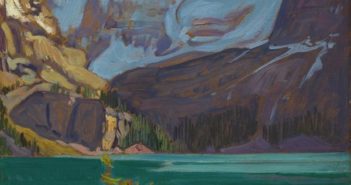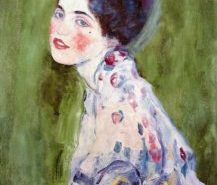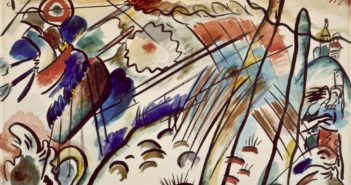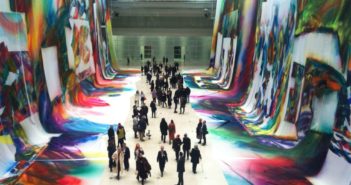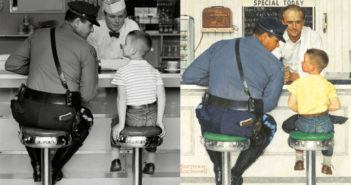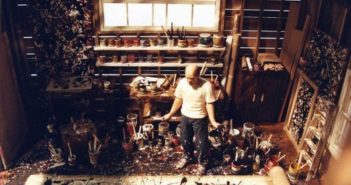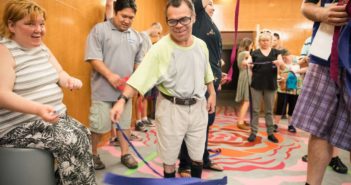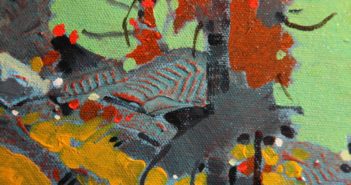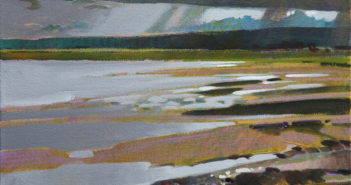
M.E.L.T
A subscriber wrote, “I have recently been given an assignment by a mentor to paint, without restraint, 20 or so small abstract pieces that express the emotions of an illness I have been managing for years. I find myself stuck, stuck, choked with fear…emotion. I find myself not knowing how to visualize, begin to ‘show,’ express emotion. Usually it seems that feeling or emotion just shows up. To invite, command the same has me stuck. Does one just begin?”


